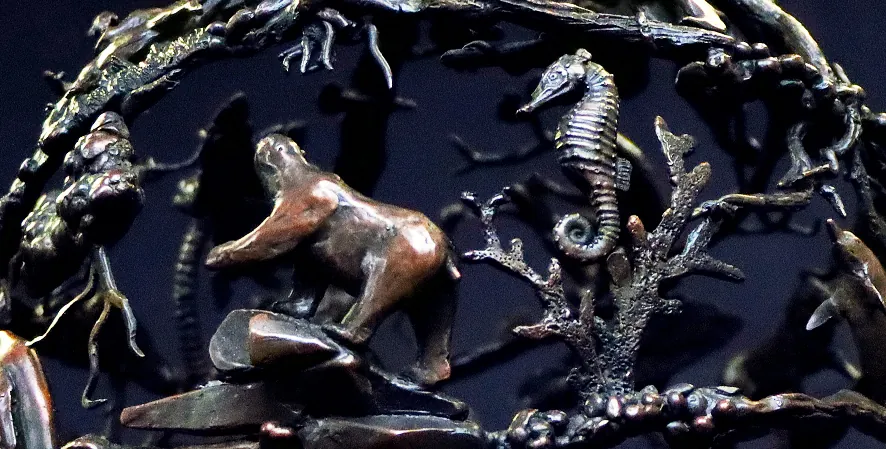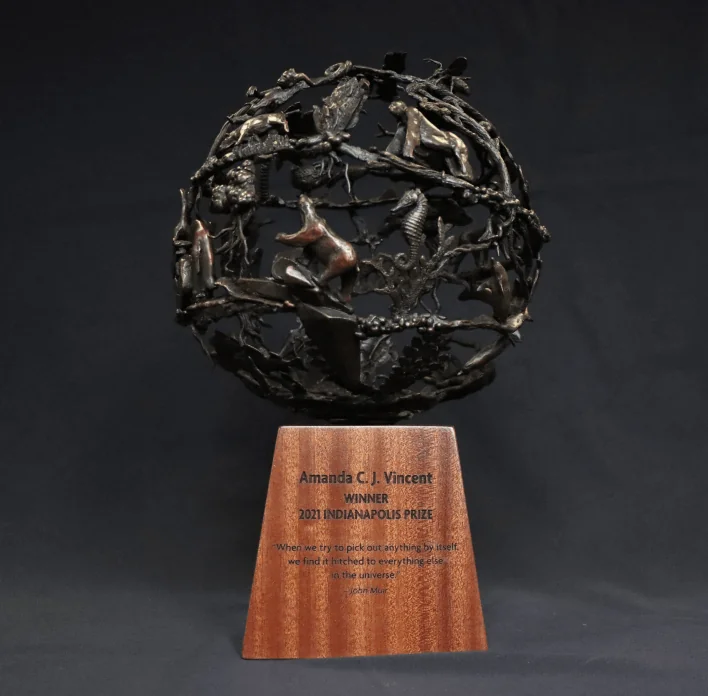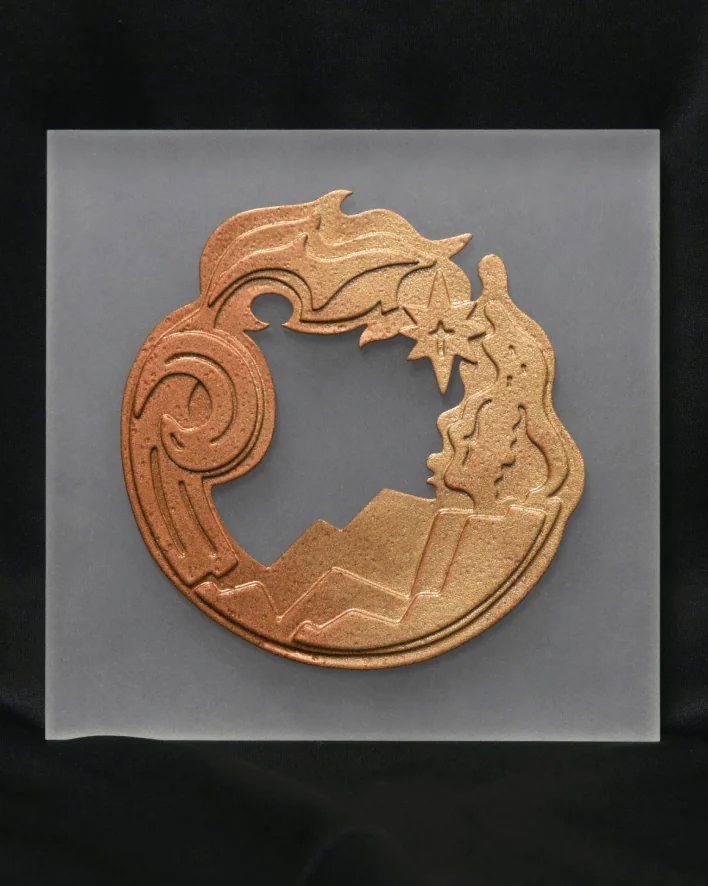
Awards
The Art of the Indianapolis Prize

Born in South Africa, sculptor Bruce Little is as much conservationist as artist. His art reflects 20 years spent in the woodlands and captures a deep meaning of his animal subjects — their surroundings, behavior and spirit.
His strong conservation ethos inspires his artwork’s legacy to make both significant change and awareness for the plight of our planet and the animals that call it home. He says, “If my art can inspire a greater empathy and appreciation for these creatures, I will have contributed something valuable to our relationship with nature.”
Created in bronze, the Indianapolis Prize Award represents endangered species across our globe, from the land, sea and sky.

The gravity-defying sculptural works of Beijing-based artist Zheng Lu focus on the universal images found in nature and the elements. His creativity, thoughtfulness as a global citizen and care toward animal protections made him the perfect creator of the Jane Alexander Global Wildlife Ambassador Award.
The stainless-steel artwork follows his “Water in Dripping” series, emphasizing the significance of water as an important resource for all living organisms. The movement of water is a momentary capture of historical space and time, just like the establishment of the award to honor the field of animal protection.
The shape of the award signifies water, while evolving like the DNA helix curve, two core elements of life.

The piece by Margaret Jacobs speaks to conservation via its relationship to global interconnectivity and reflects on the need to prioritize the relationship between land and humans, and to think of the earth and all its inhabitants as our relations, not resources.
The overall circular shape of the piece alludes to both a globe and the interconnectedness of life on earth. The four main elements – land, wind, fire and water – along with an image of the North Star make up the visual imagery that encircles the overall object. The overall concept comes from common philosophy within the Indigenous and Haudenosaunee communities.
The North Star speaks to how stars help humans navigate through life on Earth, both practically and philosophically. We use them to navigate and guide our journey, we wish on them and they populate stories, globally. Stars remind us of the interconnectedness of life on earth and that we are one small part of the global community.

